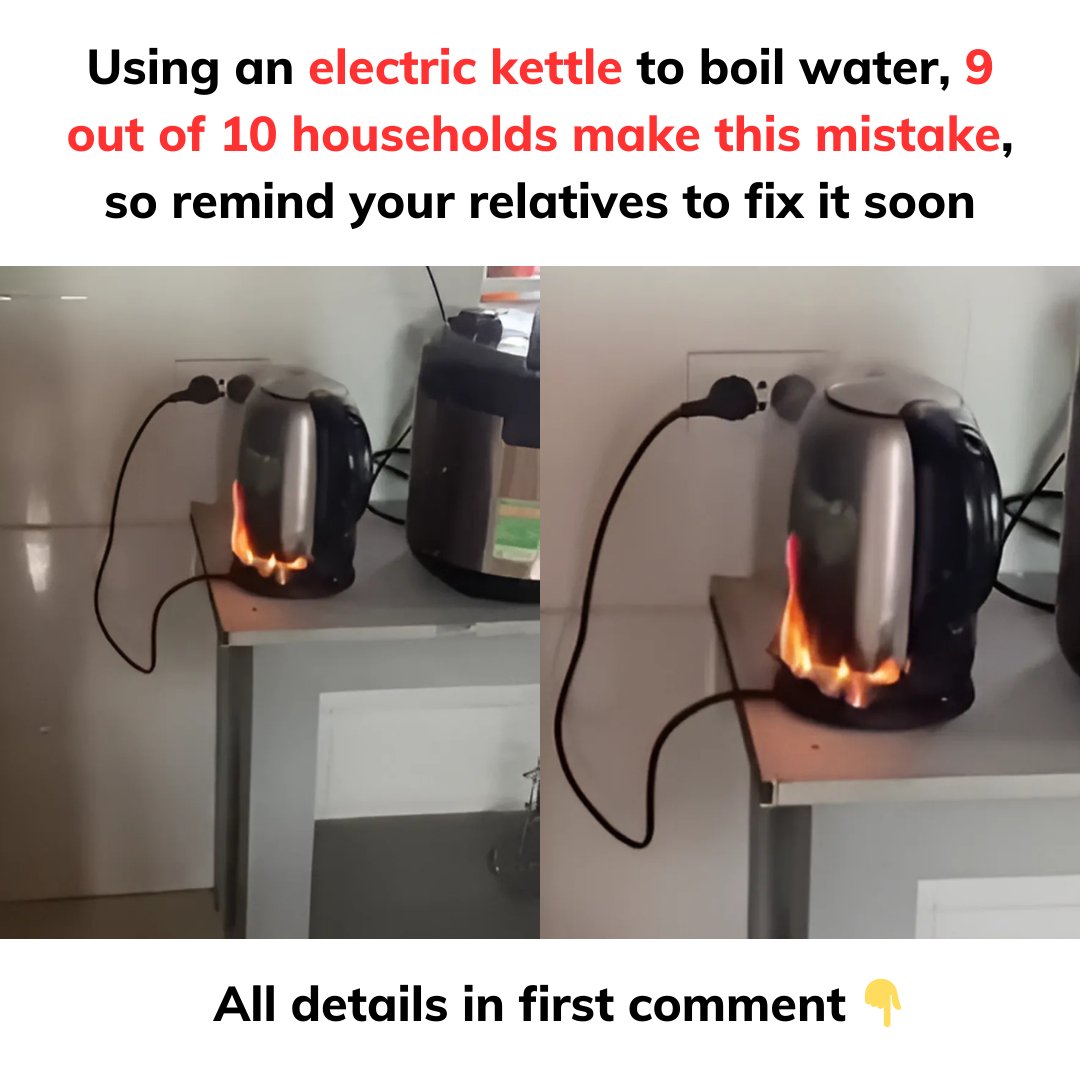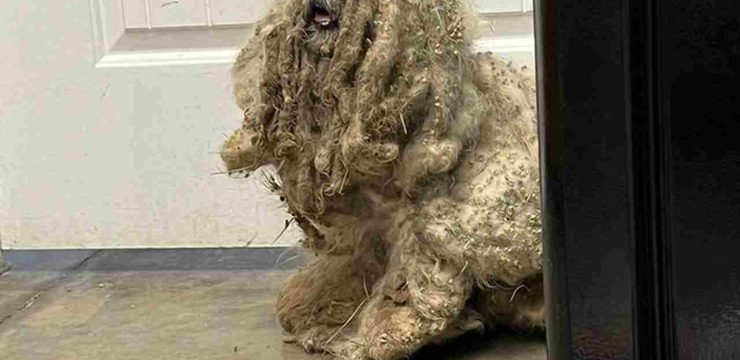Boiling water with an electric kettle is one of the easiest tasks in any kitchen. With just a flick of a switch, you have hot water ready for tea, coffee, or cooking in minutes. It’s no surprise that electric kettles have become a staple in households worldwide. However, despite their simplicity, many people unknowingly make mistakes while using them—mistakes that can reduce the kettle’s lifespan, compromise water quality, and even pose safety hazards. Today, we’ll explore five of the most common mistakes people make with electric kettles and how to avoid them for safer, more efficient use.

1. Choosing the Wrong Type of Electric Kettle
When buying an electric kettle, many people assume they’re all the same and choose the cheapest option available. However, not all kettles are created equal, and the materials used in their construction can have a significant impact on both durability and health safety.
The best option is to select an electric kettle made from 304 stainless steel. This type of stainless steel is highly resistant to corrosion, can withstand high temperatures, and does not leach harmful chemicals into the water during boiling. Cheaper kettles made from low-quality metals or plastic can release toxins, especially when exposed to heat repeatedly over time.
Investing in a high-quality kettle may cost a little more upfront, but it ensures better water quality, greater durability, and improved safety in the long run.
2. Overfilling the Kettle
One of the most common mistakes people make is filling their electric kettle past the maximum water level indicator. While it might seem harmless, overfilling poses several risks. When water boils, it can overflow, seeping into the base of the kettle. This moisture can lead to short circuits or even damage the heating element, rendering the kettle unusable.
To avoid this, always pay attention to the water level marker inside the kettle. Fill it only up to the maximum level and never exceed it. This small step prevents spills, protects the appliance’s internal components, and reduces the risk of electrical hazards.
3. Turning on the Kettle Before Adding Water
Another frequent mistake is switching on the kettle before adding water. This can cause the kettle to run in a dry-boil state, where the heating element is exposed without water to absorb the heat. Modern electric kettles usually have safety features to prevent dry boiling, but repeated instances can still cause lasting damage.
When the heating element overheats, it can warp or burn out, leading to expensive repairs or replacement. In extreme cases, it might even result in electrical hazards.
To use your kettle safely:
- Always add water before turning it on.
- Ensure the base of the kettle is clean and dry before placing the kettle on it.
- Plug in the kettle only after it’s filled and properly seated on the base.
- Always unplug the kettle after use to prevent electrical issues.
4. Emptying the Kettle Immediately After Boiling
It may seem logical to pour out all the water immediately after boiling, especially if you want to keep your kettle dry and clean. However, doing this while the kettle is still hot can damage the thermal relay—a component responsible for regulating temperature and preventing overheating.
When the thermal relay dries out too quickly, it can degrade faster, reducing the kettle’s efficiency and lifespan.
The best practice is to leave a small amount of water in the kettle after boiling. Before the next use, pour out the leftover water and rinse the kettle to ensure it’s fresh and clean. This simple habit protects the kettle’s internal components and extends its life.
5. Neglecting Regular Cleaning
Over time, limescale—a chalky white residue caused by mineral buildup in hard water—accumulates inside electric kettles. If left untreated, limescale can affect the taste and quality of your water, reduce the kettle’s heating efficiency, and even pose health risks.
Regular cleaning is essential to keep your kettle in good working order. Here’s an easy method to clean it effectively:
- Mix equal parts white vinegar and water in the kettle.
- Bring the mixture to a boil.
- Let it sit for about 10 minutes to dissolve the limescale.
- Pour out the liquid and wipe the inside with a clean cloth.
- Rinse thoroughly with clean water before using the kettle again.
The acidity of vinegar breaks down the mineral deposits, leaving your kettle clean and fresh. Regular cleaning—about once a month—ensures your water remains safe and your kettle performs efficiently.
Key Takeaways for Better Electric Kettle Use
Electric kettles are incredibly convenient, but using them improperly can lead to safety risks, poor water quality, and unnecessary damage to the appliance. By following these simple tips, you can extend your kettle’s lifespan, ensure better performance, and guarantee safer water:
- Choose a kettle made of 304 stainless steel for durability and health safety.
- Avoid overfilling the kettle to prevent spills and damage.
- Always add water before turning on the kettle.
- Leave a small amount of water after boiling to protect the thermal relay.
- Clean the kettle regularly with vinegar and water to prevent limescale buildup.
Final Thoughts
An electric kettle might seem like a simple kitchen appliance, but it requires care and attention to ensure it functions properly and lasts for years. By avoiding these common mistakes and adopting good maintenance habits, you’ll not only improve the performance of your kettle but also ensure the water you’re consuming is clean and safe.
So, the next time you use your kettle, remember these tips. A little effort goes a long way in keeping your appliance in top condition and ensuring it remains a reliable part of your daily routine.





